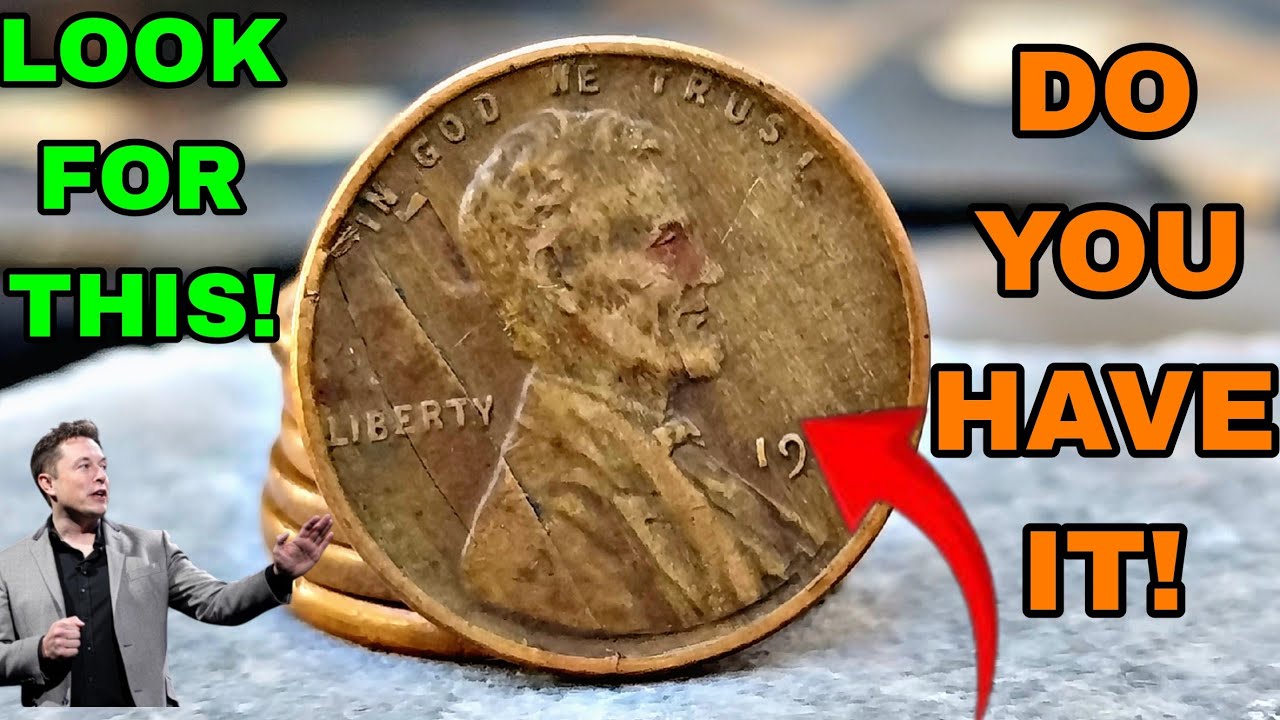The Lincoln Wheat Penny Valued at $576000, Still in Circulation
Imagine finding a penny in your pocket change that could be worth $576,000! It might sound unbelievable, but that’s the real story behind one of America’s most famous coins — the Lincoln Wheat Penny. Even though it’s rare, experts believe a few of these valuable coins might still be hiding in circulation today.
In this article, we’ll explore the history of the Lincoln Wheat Penny, why some of them are so valuable, how to recognize one, and what you should do if you think you have one.
The History of the Lincoln Wheat Penny
The Lincoln Wheat Penny was first introduced in 1909 to honor President Abraham Lincoln’s 100th birthday. It was the first U.S. coin to feature a real person’s image instead of the traditional Lady Liberty.
Key features of the Wheat Penny include:
-
Obverse (Front): A portrait of Abraham Lincoln.
-
Reverse (Back): Two wheat stalks framing the words “ONE CENT” and “UNITED STATES OF AMERICA.”
The Wheat Penny was minted until 1958, after which the design was changed to show the Lincoln Memorial.
While millions of these coins were produced, some rare varieties, mistakes, and specific mint years have become extremely valuable.
Overview Table: The Lincoln Wheat Penny
| Feature | Details |
|---|---|
| Coin Name | Lincoln Wheat Penny |
| Years of Minting | 1909 to 1958 |
| Metal Composition | 95% Copper, 5% Tin and Zinc |
| Most Valuable Version | 1943 Copper Penny, 1909-S VDB, 1914-D |
| Highest Valued Find | Up to $576,000 |
| Still in Circulation? | Very Rare, but Possible |
Why is the Lincoln Wheat Penny Worth $576,000?
Most Wheat Pennies are worth just a few cents or a few dollars. However, some specific versions are incredibly valuable due to factors like:
-
Rare Mistakes: In 1943, pennies were supposed to be made from steel to save copper for World War II efforts. But a few were mistakenly made from copper. These copper 1943 pennies are extremely rare and can fetch hundreds of thousands of dollars.
-
Low Mintage Numbers: Some years and mint locations produced very few coins, making those coins rare today. An example is the 1909-S VDB penny.
-
High-Grade Condition: Coins that have never been circulated and are in perfect condition (graded MS-65 or higher) are much more valuable.
-
Historical Importance: Coins with strong historical connections often attract higher values from collectors.
One rare 1943 copper Lincoln penny sold for $576,000 at auction, making it one of the most valuable pennies ever discovered.
How to Recognize a Valuable Lincoln Wheat Penny
If you want to check your coins for a rare Lincoln Wheat Penny, here’s what you should look for:
-
Date: Focus on coins from 1909, 1914, 1922, and 1943.
-
Mint Marks: Small letters like “S” (San Francisco) or “D” (Denver) under the date can make a huge difference.
-
Metal Content: Use a magnet — if your 1943 penny sticks, it’s steel (common). If it doesn’t stick, it could be a rare copper version.
-
Condition: Coins without scratches, dents, or wear are much more valuable.
-
Double Die Errors: Some coins have slight doubling of letters and numbers, making them highly collectible.
Using a simple magnifying glass can help you spot these small but important details.
Can These Rare Pennies Still Be Found?
The good news is — yes, it’s possible, but it’s very rare.
Over the years, many people have overlooked valuable pennies, or they have been passed down in coin jars, piggy banks, or estate sales. Some even get mixed into circulation when people use old coin collections unknowingly.
That’s why coin collectors and treasure hunters still check their pocket change, rolls of coins from the bank, and old family coin jars. You never know — you might just find a hidden treasure!
FAQs About the Lincoln Wheat Penny Valued at $576,000
Q1. How can I tell if I have a 1943 copper penny?
A1. First, check the date — it should say 1943. Then test it with a magnet. If it doesn’t stick and feels heavier, it could be a copper penny. Always get it verified by a professional coin grader.
Q2. What does the “VDB” mean on a 1909 penny?
A2. “VDB” are the initials of the designer, Victor David Brenner, placed on the reverse side of the coin at the bottom. 1909-S VDB pennies are extremely rare and valuable.
Q3. How much are common Lincoln Wheat Pennies worth?
A3. Most common Wheat Pennies are worth between 5 cents to a few dollars depending on their condition and year.
Q4. Should I clean old coins before selling them?
A4. No! Cleaning coins can lower their value significantly. Collectors prefer original, unaltered coins.
Q5. Where can I sell a rare Lincoln Wheat Penny?
A5. You can sell it through professional coin dealers, auctions, or certified numismatic websites. Always get a professional grading first to maximize your selling price.
Final Words
The idea that a small Lincoln Wheat Penny could be worth $576,000 is fascinating and a reminder that treasure can sometimes be hiding in plain sight.
Even if the chances are small, it costs nothing to check your pocket change or old family coin collections. With some luck, patience, and careful observation, you might discover a life-changing coin.
So next time you get a handful of change, don’t just spend it without a second look — your fortune could be sitting right in your palm!


